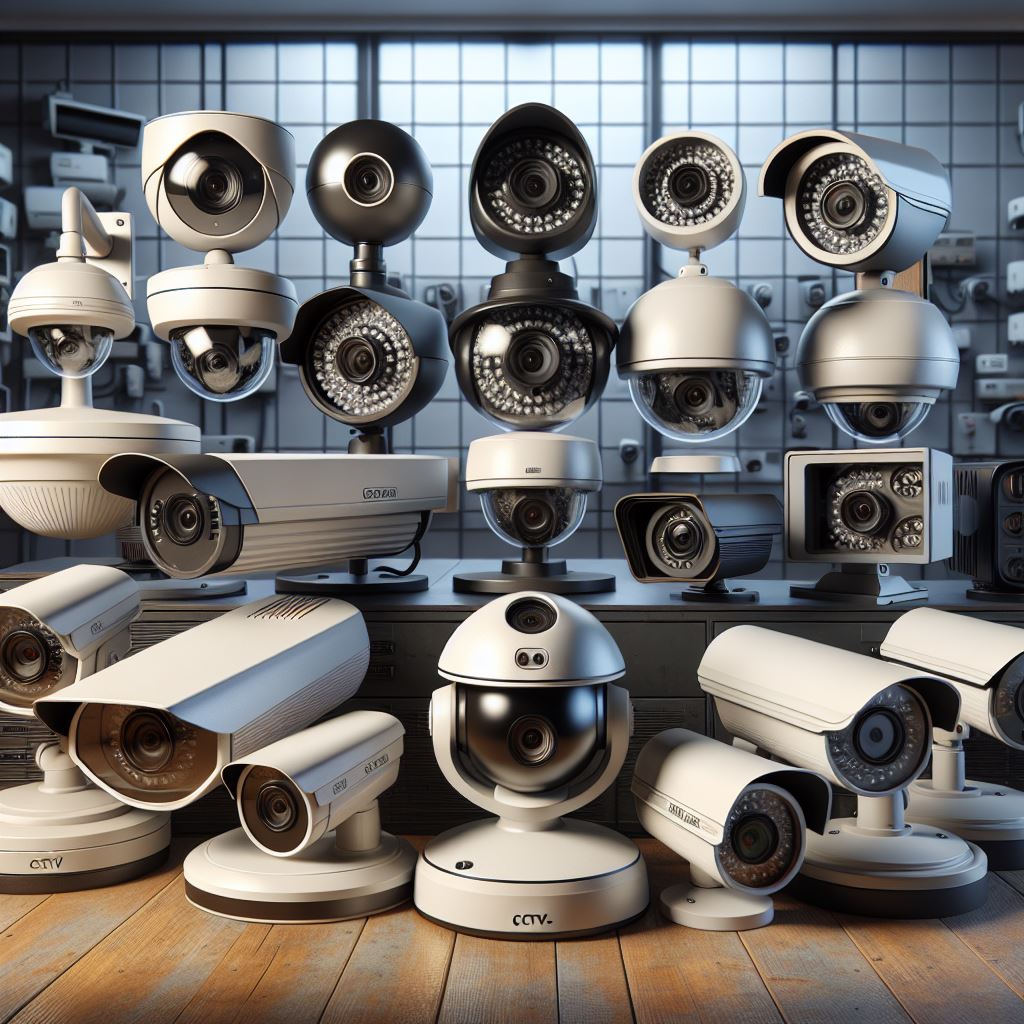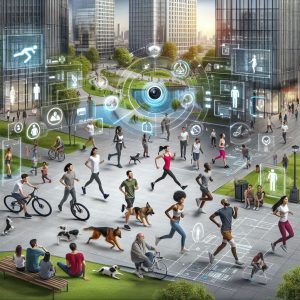Introduction
Closed-Circuit Television (CCTV) has undergone a remarkable transformation since its inception. What began as a simple system for monitoring specific areas has evolved into a sophisticated, AI-driven network capable of real-time analysis, facial recognition, and predictive behavior modeling. This article explores the journey of CCTV technology—from its analog roots to the cutting-edge, intelligent surveillance systems of today.
1. The Birth of CCTV: Analog Beginnings
1.1 Early History
CCTV was first developed in the 1940s, primarily for military and scientific purposes. The earliest known use was by Siemens AG in Germany in 1942 to observe rocket launches. In the 1960s and 70s, CCTV began to be used for public safety and crime prevention in cities like London and New York.
1.2 Analog Systems
Analog CCTV systems used coaxial cables to transmit video signals from cameras to monitors and recording devices. These systems were:
- Limited in resolution (typically 480p or lower)
- Dependent on physical storage like VHS tapes
- Lacked remote access or real-time analytics
Despite these limitations, analog CCTV laid the foundation for modern surveillance.
2. The Digital Revolution
2.1 Transition to Digital
The 1990s and early 2000s saw a shift from analog to digital systems. Digital Video Recorders (DVRs) replaced VCRs, offering:
- Higher resolution
- Longer storage capacity
- Searchable footage
- Remote access via the internet
2.2 IP Cameras
Internet Protocol (IP) cameras marked a major leap. Unlike analog cameras, IP cameras could:
- Transmit data over networks
- Offer HD and later 4K resolution
- Integrate with other digital systems
This era also introduced Network Video Recorders (NVRs), which allowed centralized management of multiple cameras.
3. The Rise of Smart Surveillance
3.1 Integration with the Internet of Things (IoT)
As IoT gained traction, CCTV systems became part of larger smart ecosystems. Cameras could now:
- Communicate with alarms, lights, and access control systems
- Be managed via mobile apps
- Send real-time alerts
3.2 Cloud Storage and Remote Monitoring
Cloud-based CCTV systems eliminated the need for on-site storage. Benefits included:
- Scalability
- Data redundancy
- Global access
4. Artificial Intelligence and CCTV
4.1 AI-Powered Analytics
AI has revolutionized CCTV by enabling:
- Facial recognition
- License plate recognition (LPR)
- Object detection and tracking
- Behavioral analysis
These features allow systems to detect anomalies, such as loitering or unauthorized access, and alert authorities in real time.
4.2 Machine Learning and Predictive Surveillance
Machine learning models can now:
- Learn from historical data
- Predict potential threats
- Optimize camera placement and coverage
This predictive capability is especially valuable in high-security environments like airports and government buildings.
5. Ethical and Privacy Considerations
5.1 Surveillance vs. Privacy
As CCTV becomes more powerful, concerns about privacy and civil liberties have grown. Key issues include:
- Mass surveillance
- Data misuse
- Lack of transparency
5.2 Regulatory Frameworks
Governments and organizations are implementing regulations such as:
- GDPR in Europe
- Data Privacy Acts in various countries
- Ethical AI guidelines
These aim to balance security with individual rights.
6. Future Trends in CCTV
6.1 Edge Computing
Processing data at the camera level (edge computing) reduces latency and bandwidth usage, enabling faster decision-making.
6.2 5G Integration
5G networks will enhance real-time video transmission and support more connected devices.
6.3 Autonomous Surveillance
Drones and robotic surveillance units are being integrated with CCTV systems for dynamic monitoring.
6.4 Emotion Recognition and Sentiment Analysis
Emerging AI models can analyze facial expressions and body language to assess emotional states, potentially identifying threats before they escalate.
Conclusion
The evolution of CCTV from analog systems to AI-powered surveillance reflects broader technological advancements in computing, networking, and artificial intelligence. While these innovations offer unprecedented security capabilities, they also raise important ethical and legal questions. As we move forward, the challenge will be to harness the power of smart surveillance responsibly, ensuring safety without compromising privacy.
Secure Your Home and Business with Garrison Alarms!
Experience unmatched safety with Garrison Alarms – your trusted partner in cutting-edge home and business security solutions. With over 35 years of experience, we offer expert installation, state-of-the-art technology, and personalized security strategies tailored to your unique needs.
Our Services Include:
- Home & Business Alarms: Maximize security with our advanced wired and wireless alarm systems.
- CCTV Systems: Protect your property with high-resolution, 4K HD, and color night vision cameras.
- Access Control: Secure your premises with keypad entry, biometric solutions, and more.
- Alarm Monitoring: 24/7 monitoring to ensure your safety and peace of mind.
Why Choose Garrison Alarms?
- Expert & Professional Service: Our licensed technicians provide top-notch installation and support.
- Customer Satisfaction: We prioritize your security and satisfaction with a focus on quality and reliability.
- Affordable Pricing: Get the best security solutions at competitive prices.
Get a FREE Quote Today! Visit Garrison Alarms or call us at 09 520 4875 to learn more and secure your property today!
Garrison Alarms – Your Safety, Our Priority





